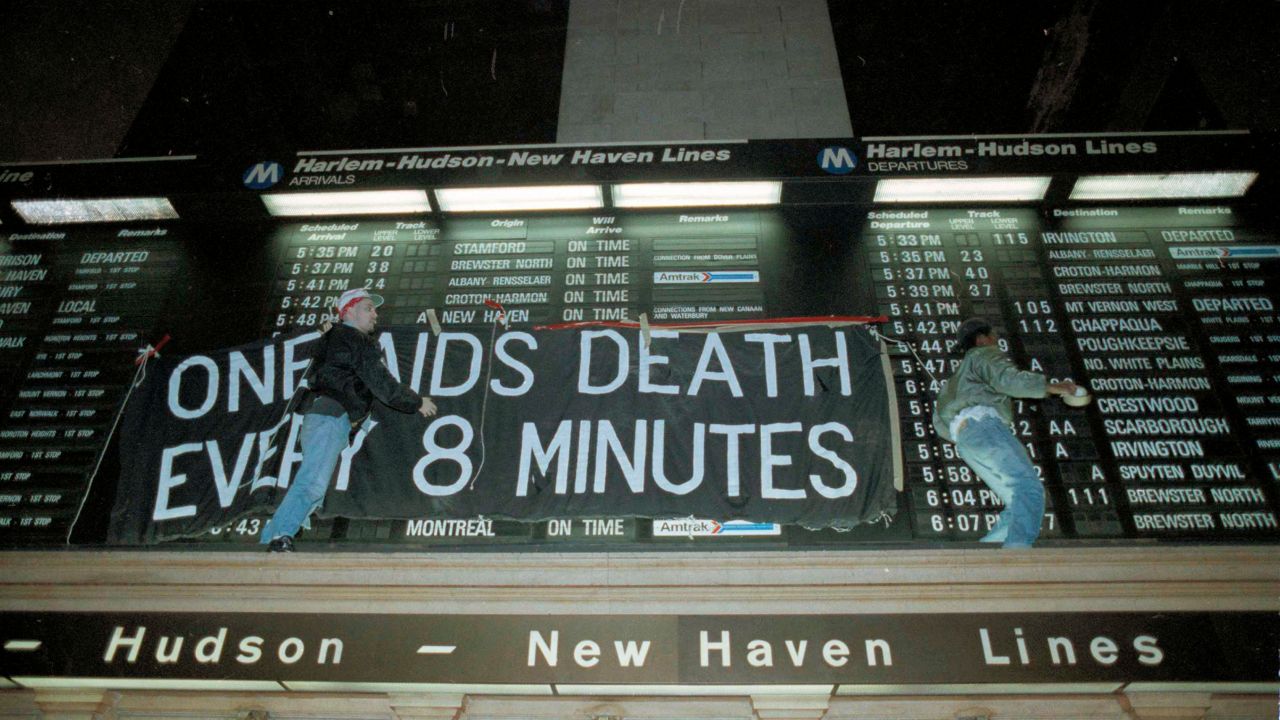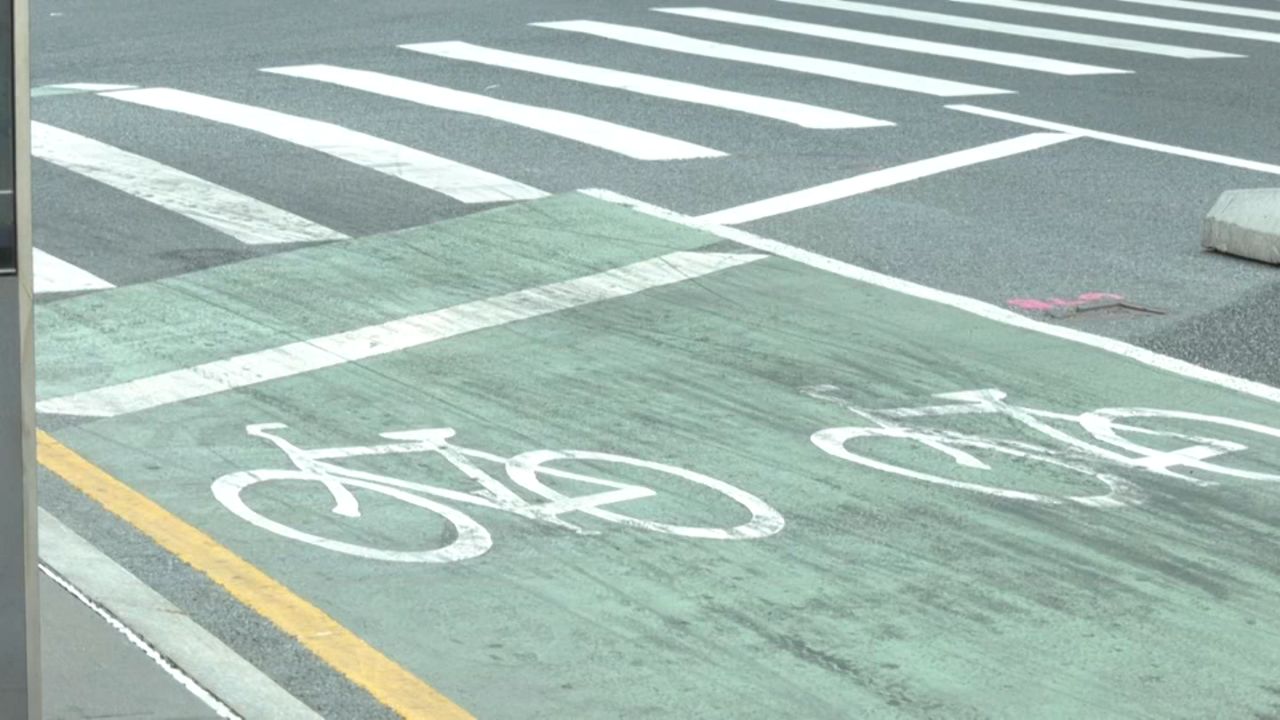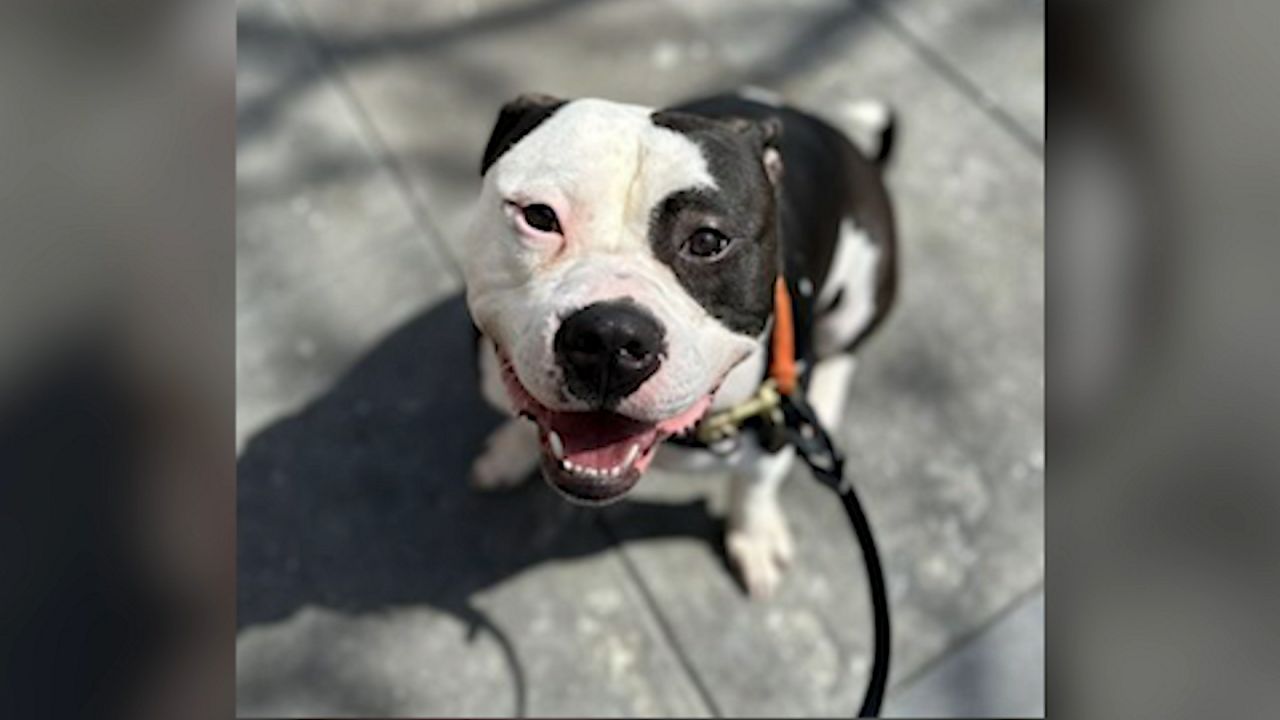NEW YORK — When Maria Davis was diagnosed with HIV in 1995, she says many people had a different name for it.
They called it “the monster.”
“No one was educated about it,” said Davis, 61. “No one didn't know where it came from. People were dying all over the place.”
Even though the disease had been in the U.S. since the 1980s, there was still so much that was unknown and still so few treatments available.
And in the Black community, the implications were the most severe.
“In the beginning, we thought it was a gay white man's disease,” said Davis. “But we later found out that African American women have made up some of the highest numbers of infections at the time, and we continue to have the highest number.”
In the late 1990s, AIDS diagnoses in the Black community began to increase by 7% as the rate declined about 3% among white people. And the death rate was declining by 18% among white people as it remained the same as before effective treatment among Black people.
African Americans continue to have the highest rates of HIV infection in the nation. Although just 14% of the U.S. population, Black people account for nearly half of those living with HIV and AIDS.
And today, as COVID-19 continues to disproportionately impact the Black community, experts say the lessons learned from the HIV/AIDS epidemic were ignored and once again Black people are bearing the brunt of that.
“We have lost so many lives of all races and ethnicities, but what particularly angers me is that there are so many people of color proportionally who have died from COVID-19, who did not need to,” said Greg Millett, vice president and director of public policy at amfAR, the Foundation for AIDS Research. “We made a lot of the same mistakes that we should have learned from forty years ago.”
One of the biggest issues impacting health disparities for the two diseases is access to health care.
More than half of all in-hospital deaths due to COVID-19 during the first six months of 2020 were among Black and Hispanic patients, according to a November 2020 study led by researchers at the Stanford University School of Medicine and Duke University School of Medicine.
Of the patients studied, Black patients had the highest prevalence of obesity, hypertension and diabetes and also had the highest rates of mechanical ventilation and renal replacement therapy. They also had the lowest rates of remdesivir use, the first antiviral medication treatment approved for COVID-19, at 6.1%.
Black people are also more likely to be hospitalized from COVID-19 than other racial or ethnic groups, according to the C.D.C.
Hydeia Broadbent was born with HIV. She calls herself one of the first generations of children in the U.S. born with the virus.
“I come from a time where there was really no help and people were dying at an alarming rate,” said Broadbent, 36.
When she contracted COVID-19 last year, she said she was hospitalized for about a month because of respiratory issues. She has impaired lungs from HIV.
While research is limited on the associations of people who are HIV-positive and COVID-19, one study by the Journal of the American Medical Association (JAMA) of patients in New York found that persons living with diagnosed HIV were hospitalized more than persons living without diagnosed HIV.
Millett was ringing the alarm about racial disparities of COVID-19 back in May when amfAR released a study on it. He warned then that we’d see the same racial disparities when it comes to the vaccine that we’d see with HIV treatment.
“Even though African Americans are more likely to die from HIV, African Americans were least likely to have access to antiretroviral therapy when it became available in 1996,” he said. “And we saw a widening of health disparities of mortality between HIV-positive blacks and whites because of that.”
According to the Centers for Disease Control, only 5% of COVID-19 vaccinations nationwide have gone to Black Americans.
And in NYC, Black and Latino residents have received far fewer doses than white residents. Though they make up 24% and 29% of the total city population respectively, only 15% of Latinos and 11% of Black residents received the vaccine of the close to 300,000 residents who received one dose and whose race was recorded, according to city data.
And for those getting their doses, Black Americans are more likely to travel farther to get them.
“Unfortunately, you know, past is prologue, and we're seeing exactly that happening,” said Millett.
The question of immigration status also comes into play when looking at racial disparities in health outcomes.
Monolingual non-English speakers were far more likely to be diagnosed with COVID-19 compared to people who only spoke English, according to a JAMA study published last summer.
“That's part of the reason why, particularly, a lot of folks have been concerned with previous policies around immigrants,” said Millett.
He said that anti-immigrant rhetoric and policies of the Trump administration made people fearful to access health care and other social services lest they jeopardize their immigration status.
There’s a term in the medical community to describe this situation of systemic inequity leading to vastly different health outcomes.
“We call that a syndemic, where you have multiple overlapping epidemics that increase the likelihood of a community to be at risk of multiple diseases because of marginalization, because the social determinants of health that places this community at elevated risk,” said Millett.
He said that the Black Lives Matter movement and the protests after repeated instances of police brutality in 2020 brought this to the forefront in a way he’s never seen before.
“For the first time, at least in my lifetime—and I'm 52—it really concretized for most Americans how precarious the positions are for communities of color in the U.S. where there are these multiple stressors that really impact people's lives,” said Millett.
But for someone like Maria Davis, she’s decided not to focus on whether or not elected officials or health experts are protecting her.
“Can you imagine? I’ve lived through two pandemics,” she said. “You have to take care of yourself. You have to take care of your health. I can't wait for a disastrous disease like COVID to come along and show and prove how poor our health is in our community, and how we have health inequities in our community and we don't have the proper resources in our community. You have to really advocate for yourself.”
That’s a message Broadbent takes to heart as well. A vocal advocate for her community, she says she manages to let most stressors fall past her and doesn’t live in fear of COVID-19 or HIV. Still, she fears government health officials missed a major opportunity to protect marginalized communities.
“I felt like this was a good time to have a history of HIV during COVID,” she said. “I think it would help people greatly, but we didn’t do that and that's the bad part.”









